 Sámegillii
Sámegillii  På norsk
På norsk
Articles about Sami school history
8. part – Printed in Min Áigi 28.11.2007
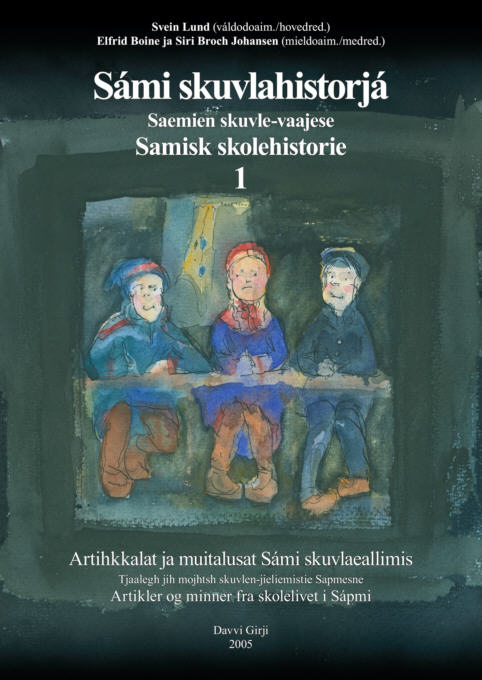 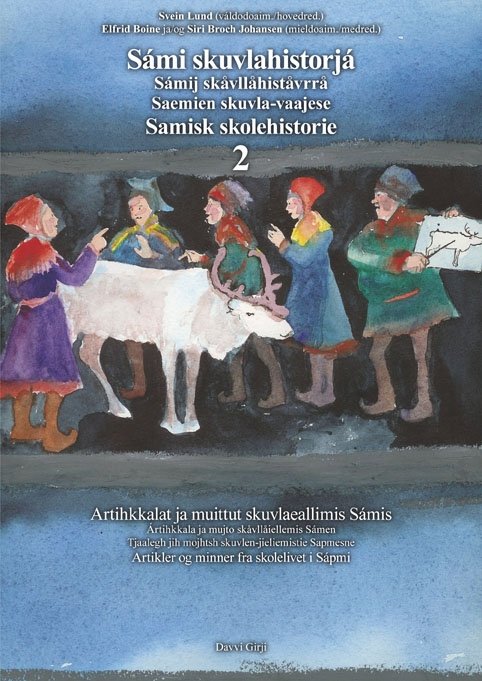 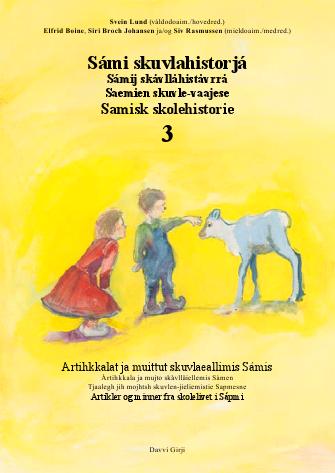 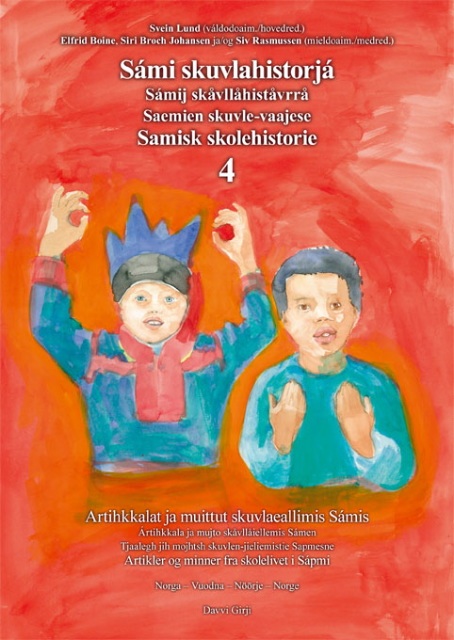 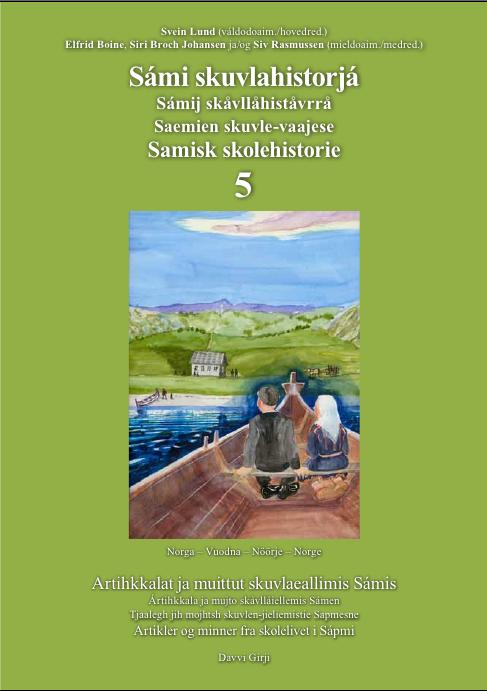
Do you know Sami school history?Sámi skuvlahistorjá / Samisk skolehistorie (Sami School History) is a series of books published by the publishing house Davvi Girji. In about 200 articles in 5 volumes there is told about the experiences of Sami children in Norwegian schools, and about the changes in the educational politics of the Norwegian authorities towards the Sami population. The books are published with parallell text in Sami and Norwegian language.In this web site some of the articles of the first book are also published in English. It would be too much to translate it all, so to make this history available to a greater public, we are translating a series of newspaper articles, which sorted by topics make a summary of stories in the books. So far there are 28 articles published in Sami language by the Sami newspapers Min Áigi and Ávvir. They are also published here in Norwegian and the English version will be published gradually as they are translated. These articles are edited by the main editor, Svein Lund. Besides him the editing board of the book series consist of Elfrid Boine, Siri Broch Johansen and Siv Rasmussen. |
– Sami was probably the first language I heard as it was the language my parents tended to use amongst themselves and with older relatives and neighbours. To the children they only spoke Norwegian, and they told us not to speak Sami. The adults told us that we did not need Sami and my grandmother would grab us by the ear if she heard us speaking Sami. Nevertheless we (the children) sometimes spoke Sami amongst ourselves. When I hear Sami I can understand almost everything. I can also read Sami to a certain extent, but I cannot speak it. ...
The pupils who lived at the dormitories came from different places across the municipality. The majority of them had a Sami background. I think may found themselves in the same situation as I did; the parents spoke Sami amongst themselves, but Norwegian to the children. The school also had pupils from Breivik. They lived at home, and the majority of them were Norwegians. There were no division between the children based upon ethnic differences; everyone played together and nobody stuck out from the crowd. ...
The boarding school in Hasvik became ready for occupancy in the middle of the 1950's, and so we moved there, whilst the boarding school in Breivik was closed down. At Hasvik, many referred to us, the pupils from the costal areas, as "finnunger" [Sami children, "finn" is the original Norwegian word for Sami, often used with negative connotations]. They felt that they were superior to us. At the school we never heard anything like this though, neither from the teachers nor the pupils. The majority of the teachers came from other places, and they only stayed for a year or two. They did not have the cultural background to understand the differences between Norwegians and Sami, or which ones of their pupils who came from Sami backgrounds or not.
(Olav Isaksen's story, SSH-3)
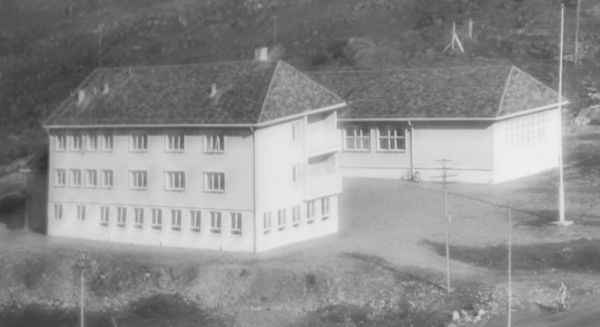 | Hasvik boarding school. (Photo borrowed from Hasvik school) |
At my nearest school in Seida we all had Norwegian as our first language. Or at least I thought so. ... I had the ears that mono-linguistic people tend to have: when people around me began to speak Sami, I would just 'switch off'. It didn't belong to my world. ....
My parents worked at the school in Seida. My father was the principal, and taught (among other subjects) both Sami culture and language. In 5th grade (1978-79) atleast, we could choose these subjects. In the Sami lessons, my father would frequently refer to some buried dogs, and he drew diagrams on the blackboard, which he probably thought we were able to make sense of. We did of course not have any text books, neither did my father have any formal qualifications to teach a subject that had never been taught in the Norwegian school before: Sami as a second language. I learned two sentences in the course of these lessons: – Boađe deike! [Come here!] and – Mana fal! [Just leave/go!]. It felt very strange to use these words, but even stranger to realise that they actually worked. If I said – Boađe deike, Gro-Hilde! Then Gro-Hilde would come! She would say: Boađe deike, Siri! And then I would go to her. Weird indeed. ...
As the years went by I gradually felt more and more that I did not belong at Seida, among other reasons because my neighbours went to the school in Polmak. A few weeks into the sixt year in school, ... my father finally let me start at Polmak school.
It was a completely different world! At Seida I was more or less normal, but now I was considered completely "rivgu" [non-Sami woman, i.e. Norwegian]. In Polmak I had a cousin in my class, and she spoke Sami. It became unquestionably evident that I was different and that something was wrong with me. At least half of the pupils spoke Sami amongst themselves during the breaks, and some in the lessons as well. The latter partly depended on the teacher, as some of them spoke Sami themselves, even in the lessons. Despite this, all the "blackboard teaching" took place in Norwegian - of course.
That winter they held a duodji seminar for the oldest pupils [duodji = Sami handicraft]. I was allowed to participate, and I learned a lot about both duodji and the sense of belonging. The seminar leaders were local duojárat [duojár = craftsman or performer of Sami handicraft, duodji]. One of the seminar leaders was so old that she barely spoke Norwegian, and hence everyone spoke Sami. Among other things I learned to say «fiskes árppu». When I uttered these words the adults would laugh unrestrained. I was of course ashamed as I understood that these were words I was supposed to know. This might be the reason why I remember the sentence I said so well: «Attes munnje fiskes árppu» ["Please give me a yellow thread"]. At the duodji seminar I also learned to weave bands, to sow a Gakti [traditional clothing], a fringed shawl and a cap. Above all I learned that you really need to learn Sami to get by in this society. I was surrounded by an entire world of which I did not understand anything. It was unpleasant but important knowledge. ...
We had an opportunity to learn Sami in secondary school as it was possible to choose Sami as a second language instead of Nynorsk [one of the two written forms of Norwegian]. ... There was one pupil who learned Sami. He was a reindeer-husbandry Sami. I asked the school if I could read Sami as well, but I wasn't allowed because I did not already know Sami. I came to understand that the second language acquisition was aimed at pupils who had Sami as their mother tongue.
(Siri Broch Johansen's story, SSH-2)
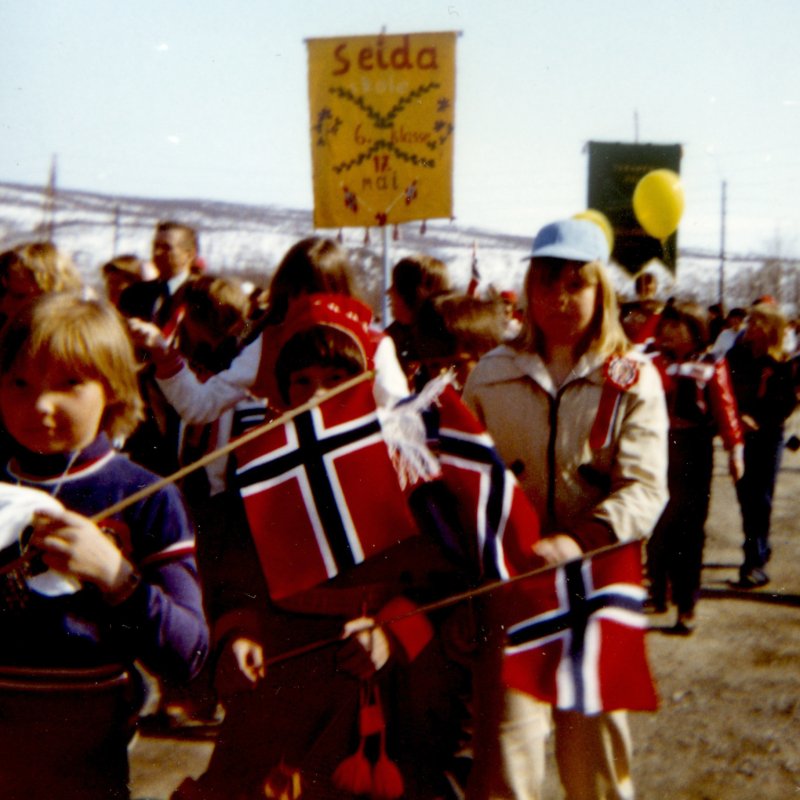 | Seida primary school, 17th of May 1977 or 1978, Siri to the left in the picture. (Photo: Albert Johansen) |
- In secondary school many of us experienced being made fun of and they would often mimic our ways of speaking. For instance, we would say 'en gutt' and 'en jente' [where the Norwegians would mark the different genders by saying 'en gutt' and 'ei jente'] and "å kle på buksan" ('to dress the pants'). The others claimed that we spoke a very "broad" dialect. I was frequently asked to explain the meaning of words I used daily. There were for instance few people who understood me when I used the word "mastorandi" about a troublesome person. Again and again I found that there were considerable differences between the dialects in Nordreisa, where I went to secondary school, and Kåfjord, even though there's only 80 km. between the different places. I didn't even consider that my dialect contained Sami words - I was Norwegian and lived in Norway.
A friend of mine came home from Tromsø after the first week of secondary school. She was very happy and had already made a new friend who claimed that it was almost impossible to hear that she was from Kåfjord, which was an enormous advantage. Her schooling would turn out fine now that she did not have to dread the following years away from her home village.
Considering that I was looked down upon because I came from Kåfjord, it became essential for me to show that we were also able! We are just as capable of managing most things as anybody else! This became one of my stands related to my identity as a person from Kåfjord. I did not tolerate being laughed at. The negative comments were aimed at our dialect, as I have previously stated, but also at our looks: we were too short, our eyes were "slanted" and our cheekbones high. I'm grateful that I wasn't the only one from Kåfjord at secondary school, and that there ere several of us. I think these incidents resulted in us sticking to ourselves and going back home at the weekends.
(Anita Lervoll's story, SSH-1)
It resulted in me moving to the inland in order to familiarise myself with the culture and to learn Sami handicraft. Similar to many other Sea Sami youths at that time, I sought to find my identity amongst the people who had always been accepted as Sami. It wasn't until much later I realised that there were a considerable difference between the traditions at the coast and the inland.
I was slightly shocked when I came to the inland and proudly pronounced that I was Sami. I thought that it was accepted there, and that it was only in the costal areas that the matters of ethnicity weren't discussed. I had been severely mistaken. It is awful to feel inferior by birth, awful not to be able to be who you truly are, awful to be forced to hide one's own identity in order to avoid scorn and shame. The Norwegians had made my grandparents and their contemporaries feel that way, and now if was returned to me from Sami-speaking Samis. I wasn't one of them because I had been Norwegian for too long.
They called me "rivgu" which means "Norwegian woman", and it was unbelievably hurtful. The reason was that I spoke Norwegian, when in comparison all proper Sami spoke Sami - of course. I didn't have a Gakti [Sami traditional costume] either, which was completely mandatory. At school the Norwegian-speaking pupils were suddenly harassed because we ruined the teaching and were intruders. We had several tough discussions that ultimately ended with me applying for an exemption from all the theoretical subjects in order to focus on the practical handicrafts and drawing. I had believed that the Sami secondary school was a nationwide school for all Sami in Norway. Once again I had been caught in my own naivety. It wasn't aimed at Norwegianised Sami.
(Paula Simonsen's story, SSH-1)
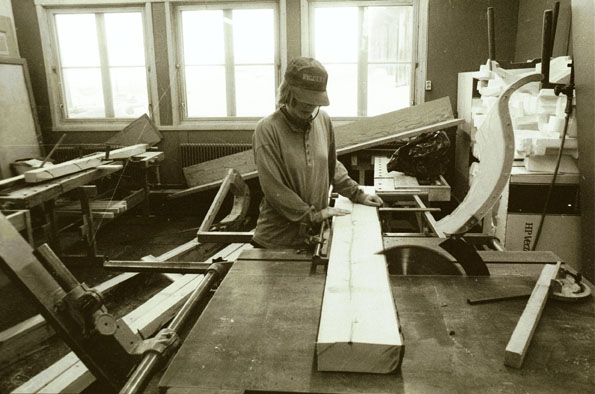 | Paula Simonsen as a pupil at the duodji course of studies at the Sami upper secondary and reindeer-husbandry school in Guovdageaidnu (Photo: Svein Lund) |
Here you find all the articles in the series:
28.09.2007 Why Sami school history?
05.10.2007 Boundless ignorance
12.10.2007 Southerner-teachers encounter the Sami language
19.10.2007 The start of Sami beginner instruction
26.10.2007 The start of education in reindeer-herding
02.11.2007 From Sami to Norwegian vocational training
16.11.2007 Struggle for Sami gymnasium
28.11.2007 School experiences of Norwegian speaking Samis
14.12.2007 Resistence against Sami language and culture
25.01.2008 A strange world
23.05.2009 On Sami teachers
30.05.2009 Life in boarding school
06.06.2009 Sami pupils were bullied
13.06.2009 Sami content in the teaching
20.06.2009 Pupil as interpreter
04.07.2009 How the children quit speaking Sami
10.09.2010 God does not understand Sami
08.10.2010 The point of view of the Norwegianizers
13.10.2010 Men of the church defending the Sami language
02.12.2010 Sami teachers in old times
09.12.2010 Boarding school life in old times
18.12.2010 Sami pupils in special schools
14.01.2012 The parents' struggle for Sami education
21.01.2012 Reluctance and absence
28.01.2012 The school during the war
04.02.2012 Reconstruction and barrack schools
11.02.2012 Curriculums - for Norwegianization and for Sami school
18.02.2012 The great struggle of the curriculum
Sami school history 1
Sami school history 2
Sami school history 3
Sami school history 4
Sami school history 5
Sami school history - main page